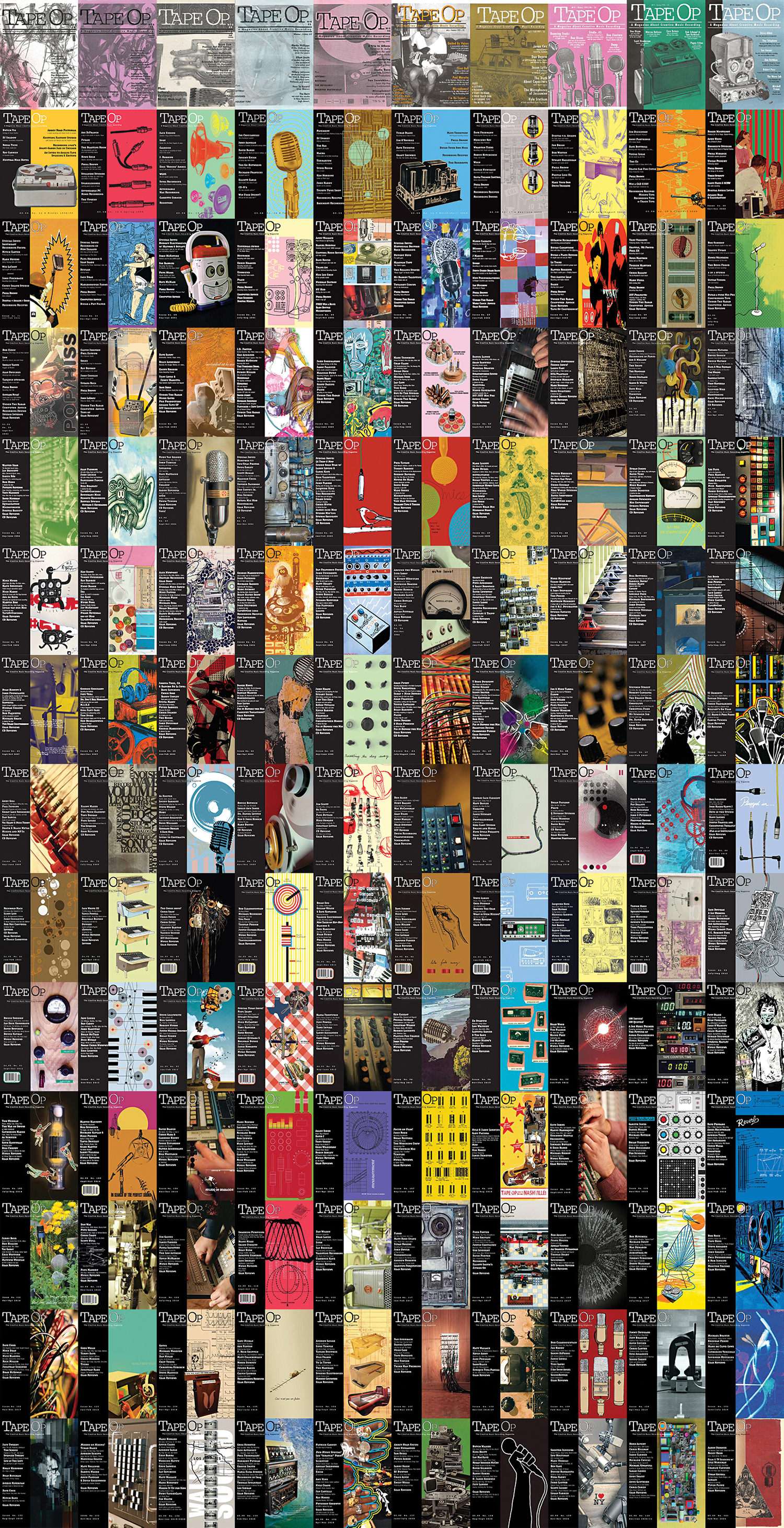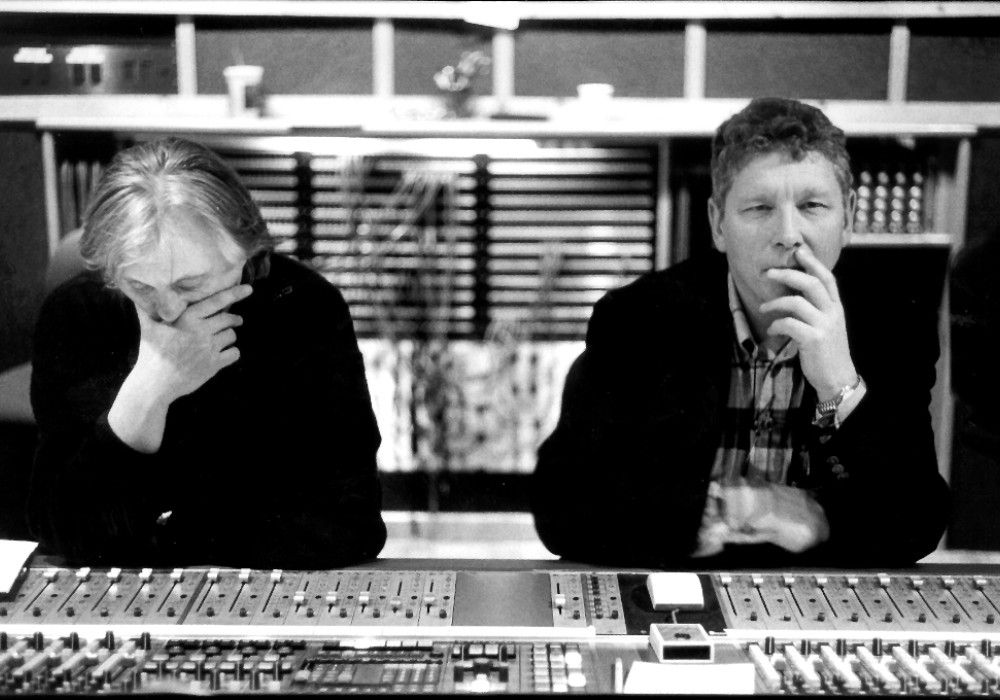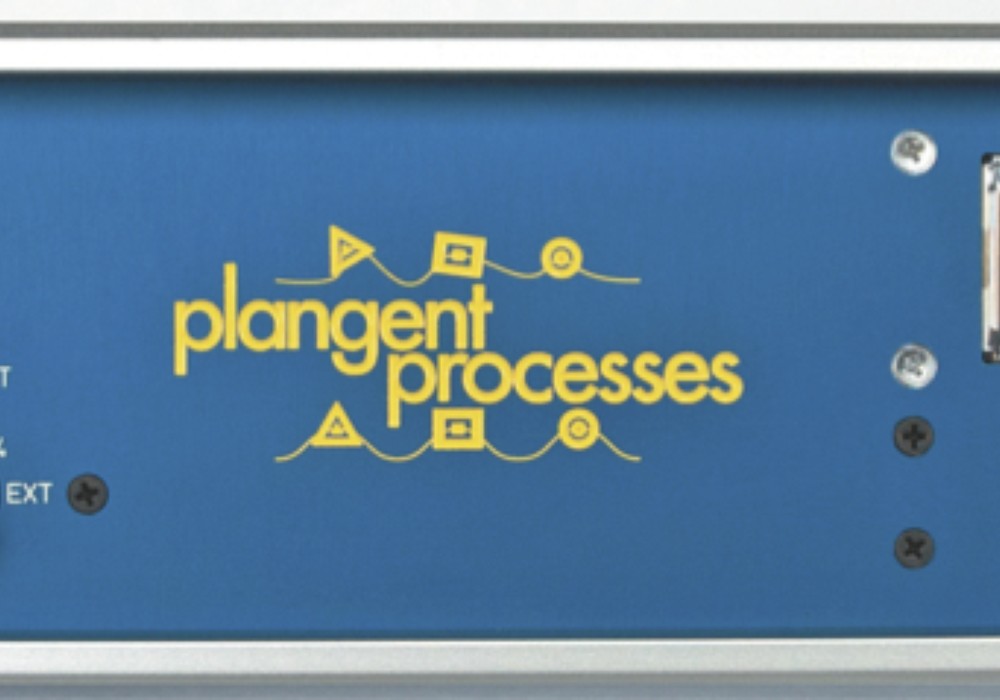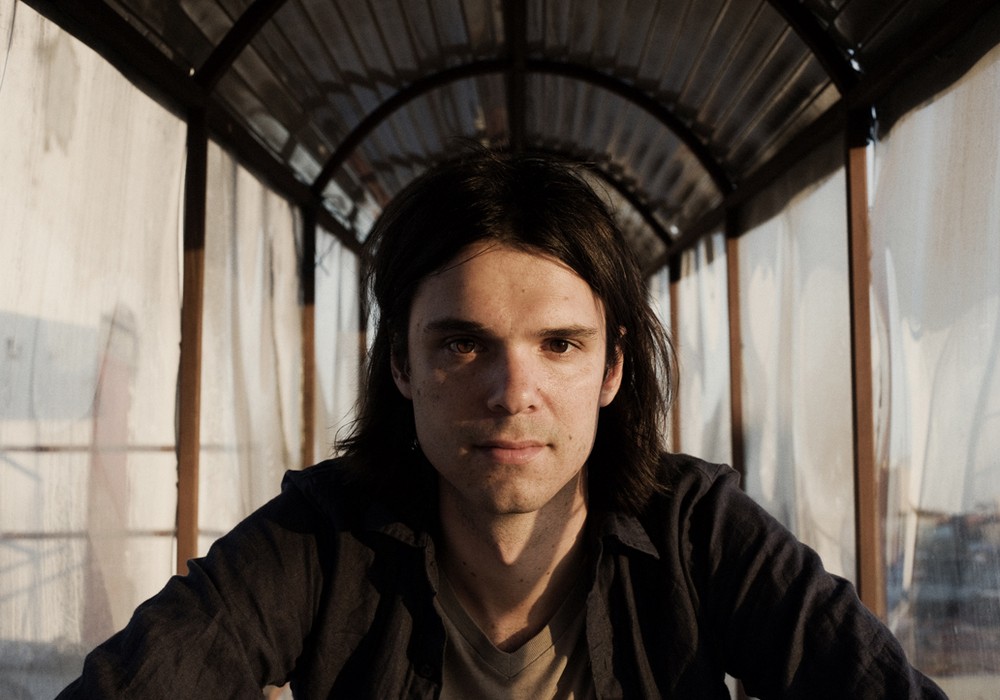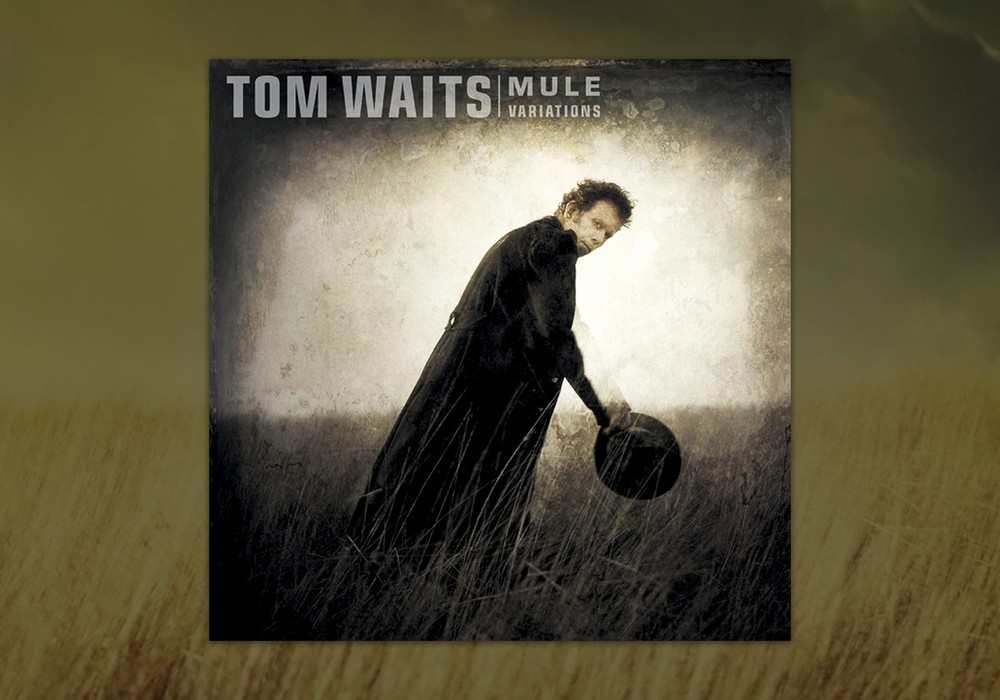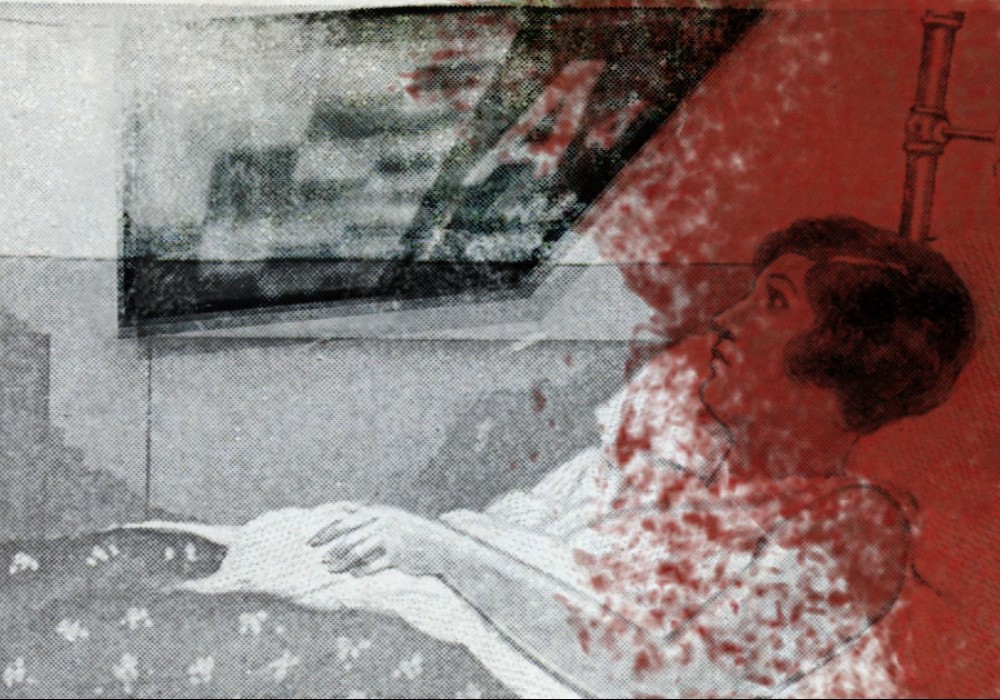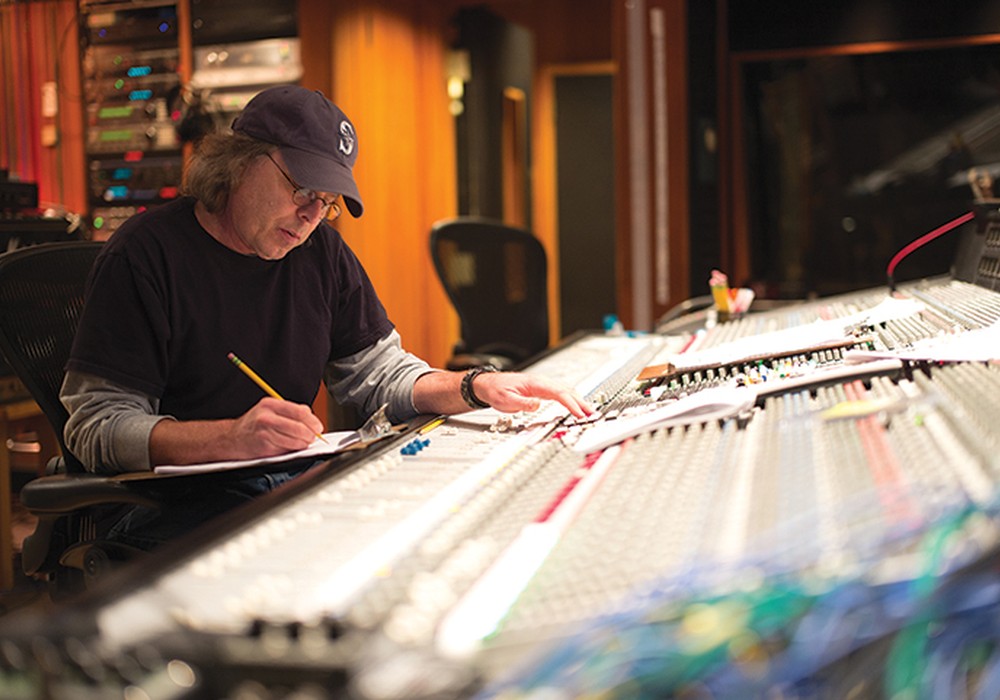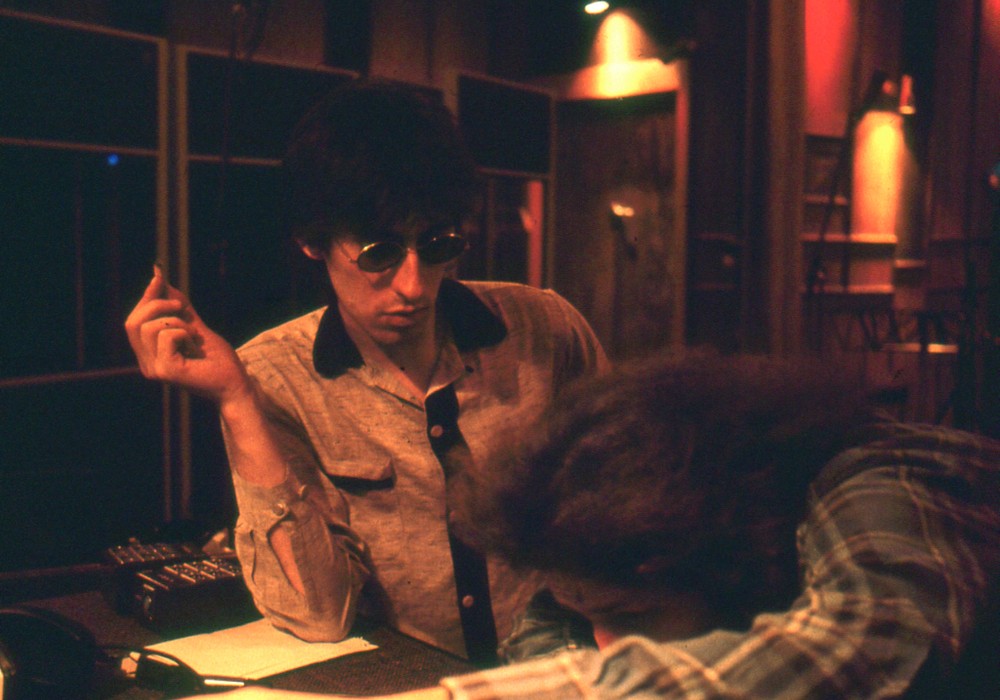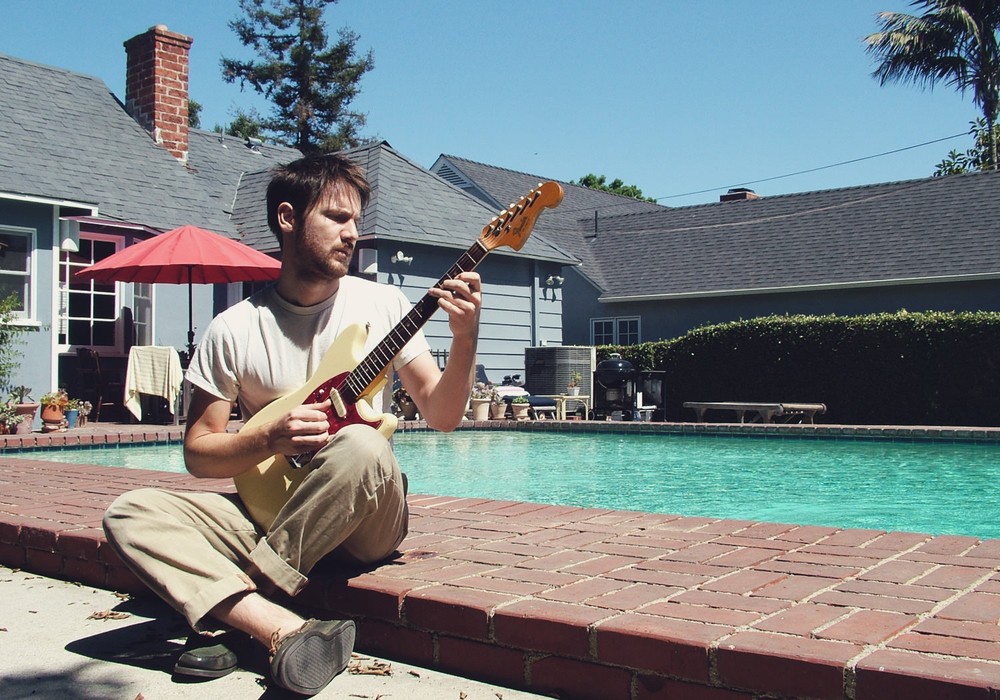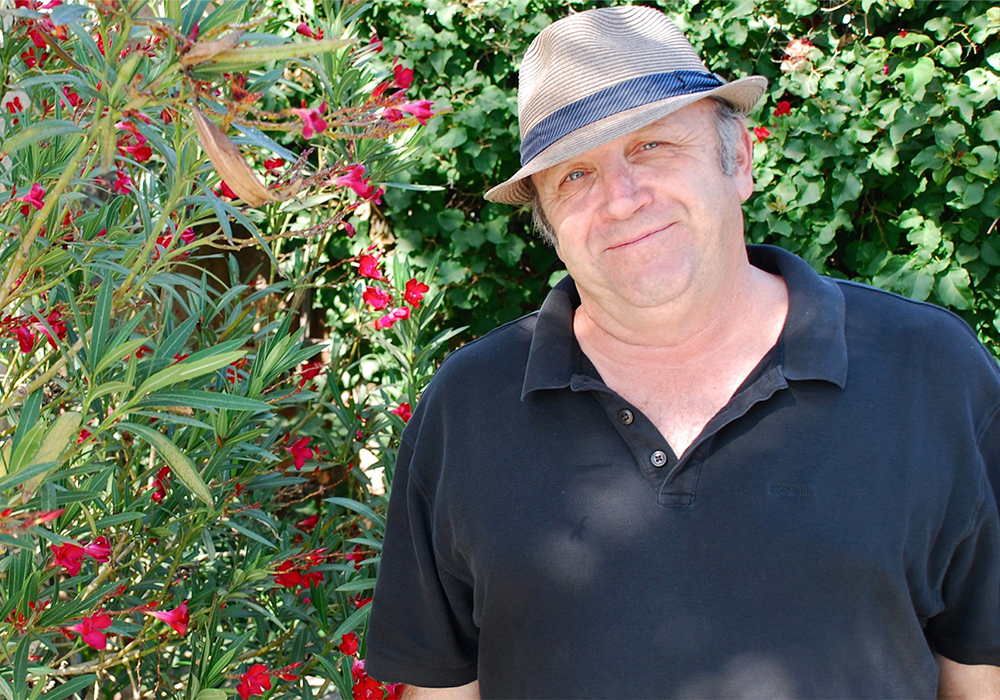Based out of Santa Barbara, Thom Flowers worked as a producer and engineer at Orange Whip Recording in the mid-‘90s and early ‘00s, with bands such as Lagwagon, Toad the Wet Sprocket, Nerf Herder, and The Mad Caddies. He co-founded Standard Audio along the way (with Ian McGregor), makers of the fabulous Stretch and Level-Or 500 series units. He’s worked with many artists, including ShadowParty and The Ataris, since then, and recently co-produced, engineered, and played on Steve Perry’s Traces album, as well as its reworked follow up, Traces: Alternate Versions & Sketches.
Were you playing in bands in the ‘80s?
Yeah. I was here in Santa Barbara, and my high school band was playing in bars around town. We did the whole move-to-L.A. thing after high school. I started writing and demoing songs on a 4-track, gradually got an 8-track, and then an [Yamaha] SPX90 and a little mixer. Soon after that, I was helping friends record their demos. When I was 21 or 22, I tried to open a studio with some bandmates. We had a 24-track, 1-inch [Tascam deck], which sounded great. It was so punchy. A friend played me some tracks we did way back then, and the drums sounded incredible. I had no idea what I was doing!
What led you to set that studio up?
Mainly just to record our band. Then the idea was to pay the rent, so we’d record other people. We did that for a while. A little after that, one of my bands got a publishing deal and a development deal. With the advance, we bought a 2-inch machine, a couple of Neve preamps, and some microphones and decided to make our own record. I learned a lot. One of the guys in that band, Angus Cooke, decided to open up a proper professional space, which was called Orange Whip Recording here in Santa Barbara. I worked there for many years, until he finally had to close down. Rents went through the roof. I moved to Austin, Texas, for a while and then came back. I’m happy to be back here.
You were doing records with Lagwagon and some of those bands?
Yeah, I was friends with Joey [Cape] from Lagwagon and a few of the guys. We had just opened, and he came by and looked at the studio. He ended up doing several records there. Through that we got a ton of punk rock and ska bands. It was a great way to learn, because we really had to crank on that music. Those kick drums had to cut through and be consistent. It was a great way to cut my teeth and really learn about EQ and compression, carving out room, and getting things to punch through.
When did Standard Audio start?
That was while I was at Orange Whip. Ian [MacGregor], my partner, came here to go to college and get his electrical engineering degree. In high school he’d interned at Millennia Media. He was already sharp, and a pretty good guitar player. He quickly became a go-to assistant at the studio. Eventually I brought him on to engineer some projects I was producing, and we became good friends. He had just started doing some design work for Shadow Hills Industries. We were talking about the 500 series units, and how it was blowing up. I had just done a session at a studio in L.A. that had a [Shure] Level-Loc; I was loving it on the drums. I asked Ian, “Wouldn’t it be cool to get that in a 500 series form?” He said, “Yeah. It shouldn’t be too hard.” We spent a lot of time playing around with different parts and doing listening tests. If you push it hard, it distorts in a cool way, so we added that function in. We also added a faster release time. We thought we’d make 100 of these Level-Ors, have a couple for ourselves, and then maybe make a little money. He started working at a studio in L.A. that was owned by one of the Vintage King guys. He brought a couple units in; they loved it, so they asked if they could sell some – it took off.
Isn’t the Stretch unit based on the old Dolby trick, where you encode but don’t decode?
Yeah. It was one of the ideas we had been throwing around and Ian ran with it. It would have been impossible to do it just like the Dolby schematic. It was such a complicated circuit, and a lot of the parts no longer exist. Being the genius that he is, Ian figured out a way to do what it does with modern parts, a simpler design, and more flexibility. That turned out...
